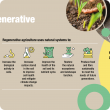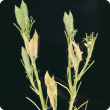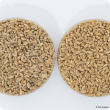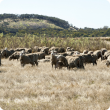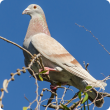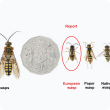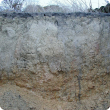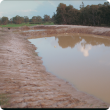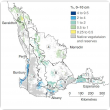Filter by regions:
- (-) Remove Mid West filter Mid West
- Great Southern (892) Apply Great Southern filter
- South West (869) Apply South West filter
- Wheatbelt (816) Apply Wheatbelt filter
- Peel (768) Apply Peel filter
- Goldfields-Esperance (750) Apply Goldfields-Esperance filter
- Perth regions (606) Apply Perth regions filter
- Gascoyne (579) Apply Gascoyne filter
- Pilbara (474) Apply Pilbara filter
- Kimberley (473) Apply Kimberley filter

